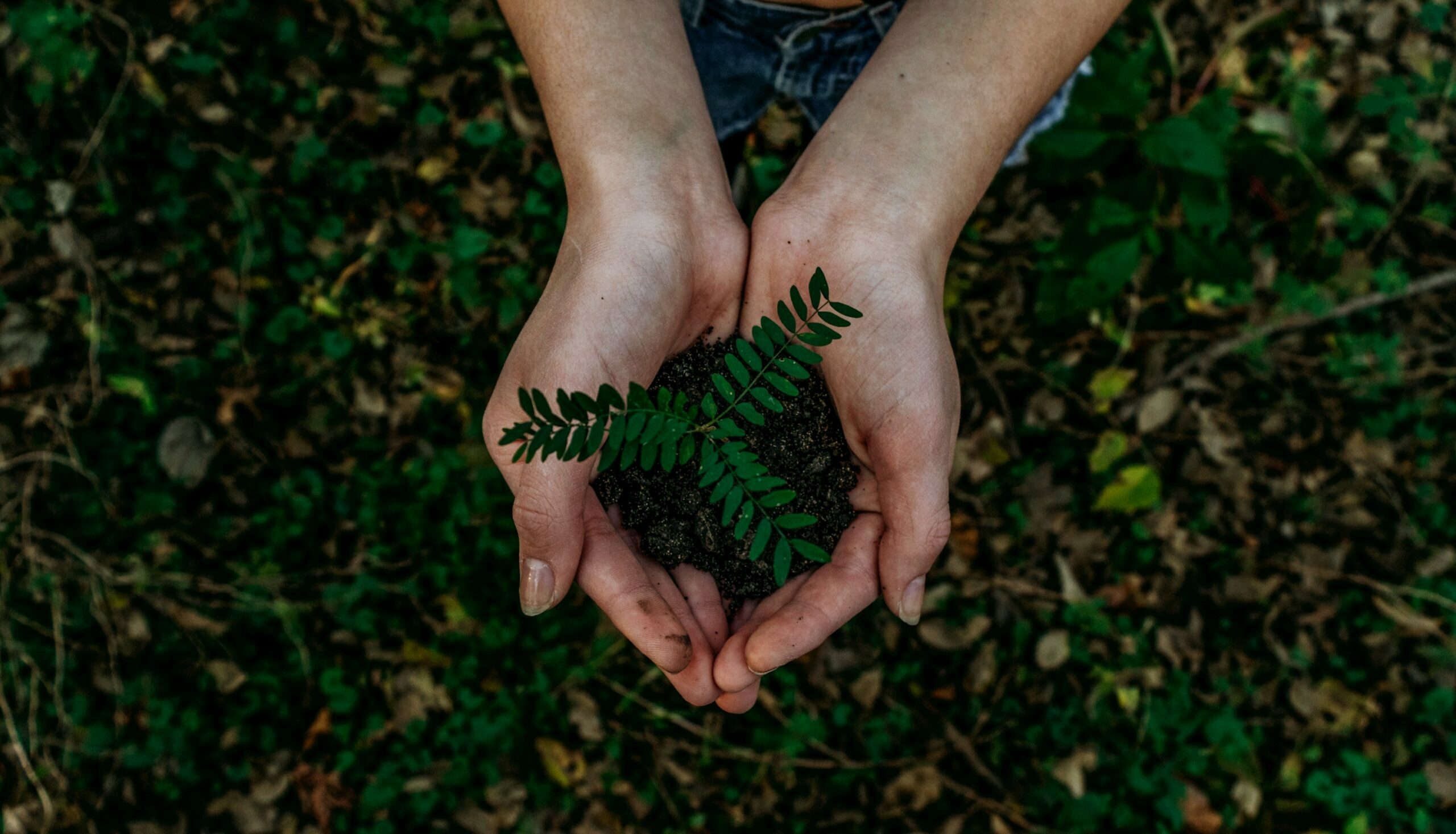O Christmas Tree! An Eco-Friendly Debate: Real vs. Fake
‘Tis the season to be jolly, and what better way to spread holiday cheer than with a beautifully adorned eco-friendly Christmas tree? But before you rush out to pick the perfect pine, let’s take a moment to consider the environmental aspects of the classic debate: real vs. fake. It’s a clash of traditions, sustainability, and a touch of festive frugality.
Real Trees: Bringing Nature Indoors
There’s something magical about the scent of fresh pine wafting through the air as you enter a home adorned with a real Christmas tree. But the magic doesn’t stop there—real trees can be eco-friendly!
Pros:
- Renewable Resource: Real trees are a renewable resource. For every tree harvested, growers typically plant one to three new seedlings, contributing to sustainable forestry practices.
- Biodegradable Beauty: Once the holiday season concludes, your real tree can be recycled into mulch, benefiting your garden or local parks.
- Local Love: Choosing a real tree often means supporting local tree farmers, contributing to the local economy, and reducing the carbon footprint associated with transportation.
Cons:
- One Season Wonder: While they may be recyclable, real trees have a limited lifespan, serving their purpose for only one festive season.
- Cost Crisis: While initially cheaper than a fake tree, the total cost of investing in a new tree every year can add up.
Fake Trees: Unwrapping the Evergreen
On the flip side, artificial trees have their own set of merits and drawbacks.
Pros:
- Long-Term Investment: Artificial trees can last for many years, making them a cost-effective option over time.
- Mess-Free Maintenance: Say goodbye to fallen needles and daily watering. Artificial trees are hassle-free and maintain their beauty without shedding.
- Versatile Styles: Fake trees come in various shapes and sizes, and you can find one to suit any aesthetic preference. No need to worry about getting a “bad batch” at the tree farm.
Cons:
- Non-Biodegradable Blues: Most artificial trees are made from non-biodegradable materials, contributing to environmental waste. They often also produced overseas, and such have a transport-associated environmental footprint.
- Upfront Cost: While they may save you money in the long run, artificial trees often come with a higher upfront cost than their real counterparts.
Ultimately, the choice between a real and fake Christmas tree comes down to personal values and priorities. If you’re passionate about supporting local growers, and embracing the natural scent of the season, a real tree may be your top pick. On the other hand, if you’re looking for a long-term investment, low-maintenance décor, and a tree that won’t wilt before the festivities end, an artificial tree might be the right fit.
However, if sustainability is your priority, real trees are the clearly the most eco-friendly Christmas tree.
A real tree can have a carbon footprint of 16 kg of CO2e when sent to landfill, but when properly disposed of, this goes down to 3.5 kg or even lower if recycled. On the other hand, a plastic tree has a carbon cost of 40 kg of CO2e. This means you would have to use an artificial tree for 12 years before it’s more eco-friendly than a real one.
If cutting down a tree is what’s making you hesitate, you can opt for pot-grown trees, which are usually grown in containers. After the holiday season, these trees can be planted in the ground or kept in pots for future use. This reduces the environmental impact associated with cutting down and disposing of traditional Christmas trees.
In the end, both options can bring joy and holiday spirit to your home. Whether it’s the nostalgia of a real tree or the convenience of a fake one, the most important thing is to celebrate the season surrounded by love, laughter, and the twinkle of festive lights.
To learn more about making sustainable choices in your day-to-day life, reserve your spot at Earthfest 2024.



